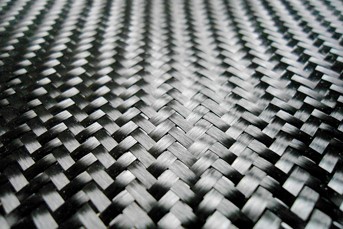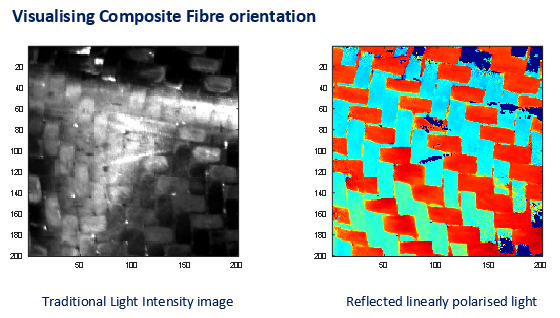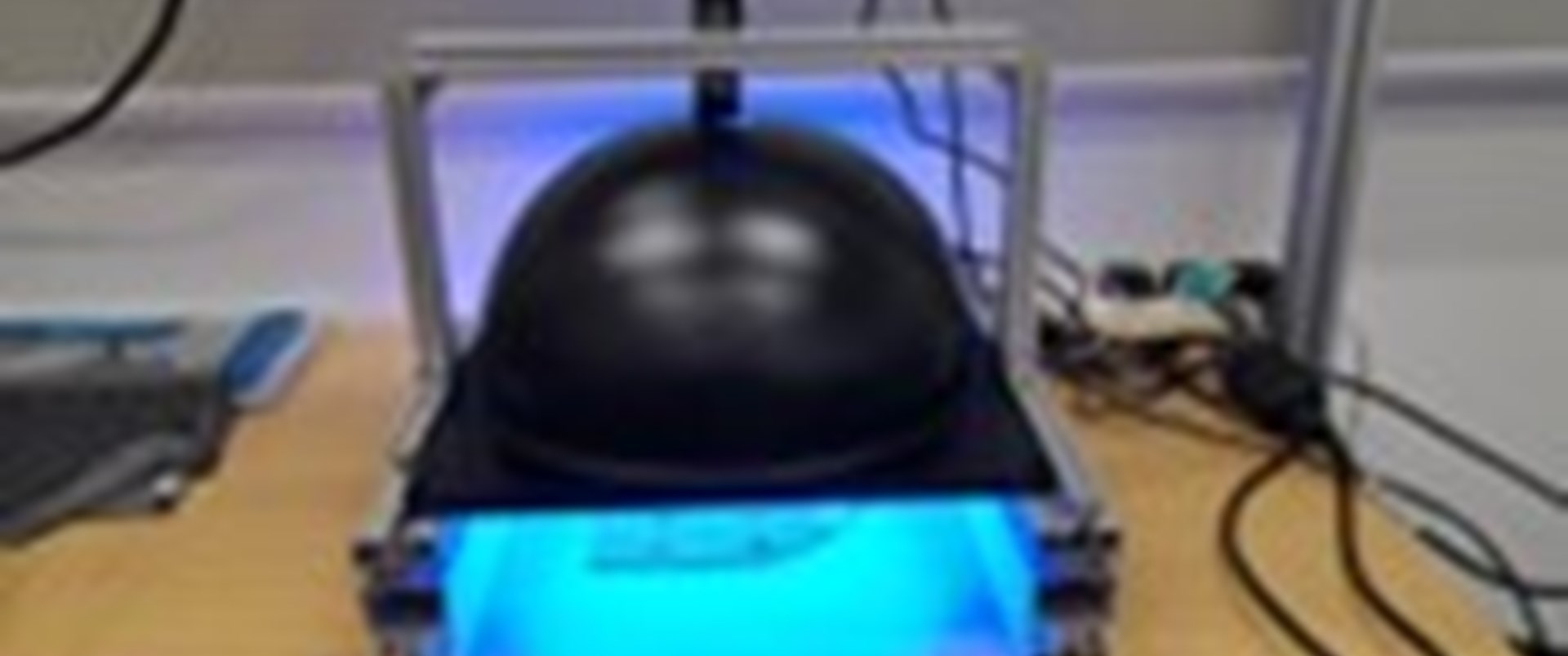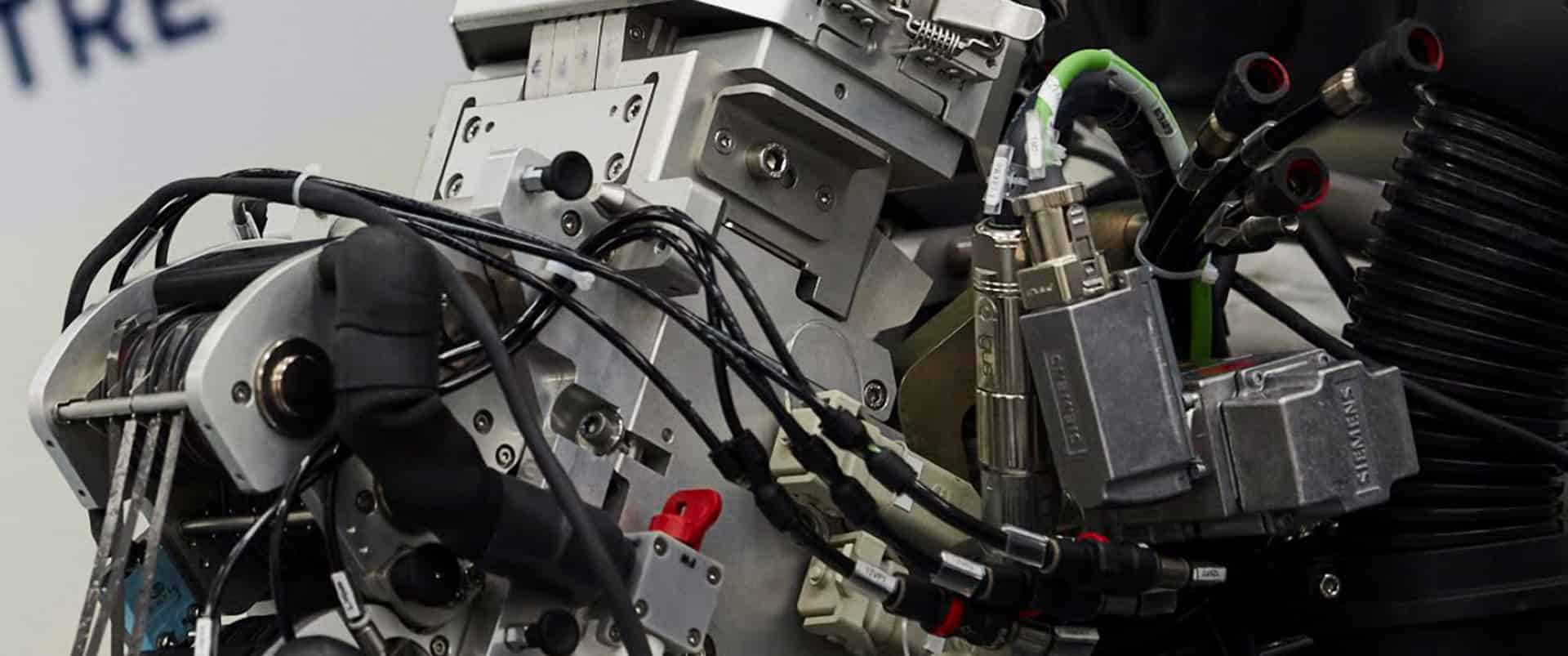23 March 2023
Composite materials contain unique properties that make them lightweight, strong, durable and adaptable. Products designed using these materials produce less waste, last longer, and help us tackle sustainability and net-zero challenges.

Challenge
The dark, shiny nature of composite materials makes defects tricky to spot based on traditional camera technology. The current industry standard is to perform time consuming and eye straining manual inspections to ensure the safety of composite components, particularly those destined for applications in the aerospace industry. With testing and subsequent discarding of materials a key issue, new technology and innovation is needed to deliver improvements in industrial sustainability for composite materials.
Results and the digital opportunity
The University of the West of England’s Centre for Machine Vision have developed a new system that uses machine learning to automatically detect defects in raw and processed composite materials. This will reduce waste and cost for composite industries.
Composite material strength lies in the uniform pattern of either unidirectional or interwoven carbon fibres
lying undisturbed in resin. But any composite component is only as strong as its weakest link, and weaknesses caused by fibre misalignment or gaps is a common problem in composite manufacture.

The system uses Polarisation Vision which consists of a specialised camera that detects when light becomes
linearly polarised. Instead of blocking glare from reflected light like polarised sunglasses, the camera detects the reflected polarised light and, produces a “photo” of composite fibres – with each orientation of fibre shown in a different colour. These can be seen in the composite fibre orientation image (left).
The images produced by the software highlight tiny, localised defects, but individual fibre orientation can also be calculated to give an overall report on a material’s quality.
The system developed can provide consistent, rapid and detailed defect detection for composite manufacture, which standard manual inspection or traditional methods from machine vision would find difficult to achieve. Using a process whereby the machine learns from the data that it processes, feeding
more data into the machine learning algorithm will enable it to identify the different types of defects, increasing the success in defect auto detection.

It will make the process of (re)designing and manufacturing sustainable products more cost effective, and faster for companies, maintaining competitive position for the region, and in the global marketplace. It will also reduce the volume of waste material for companies that use composites, helping to address sustainability and net zero.
To learn more about the automated detection system developed, email [email protected]


